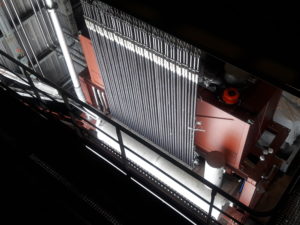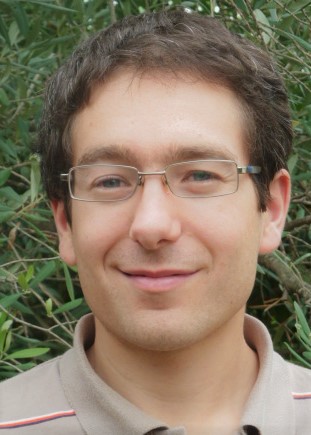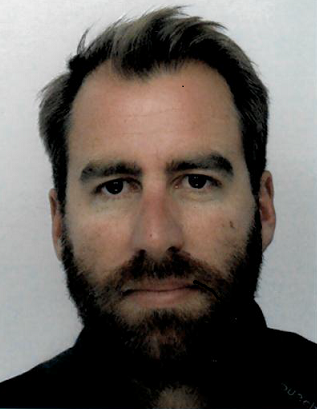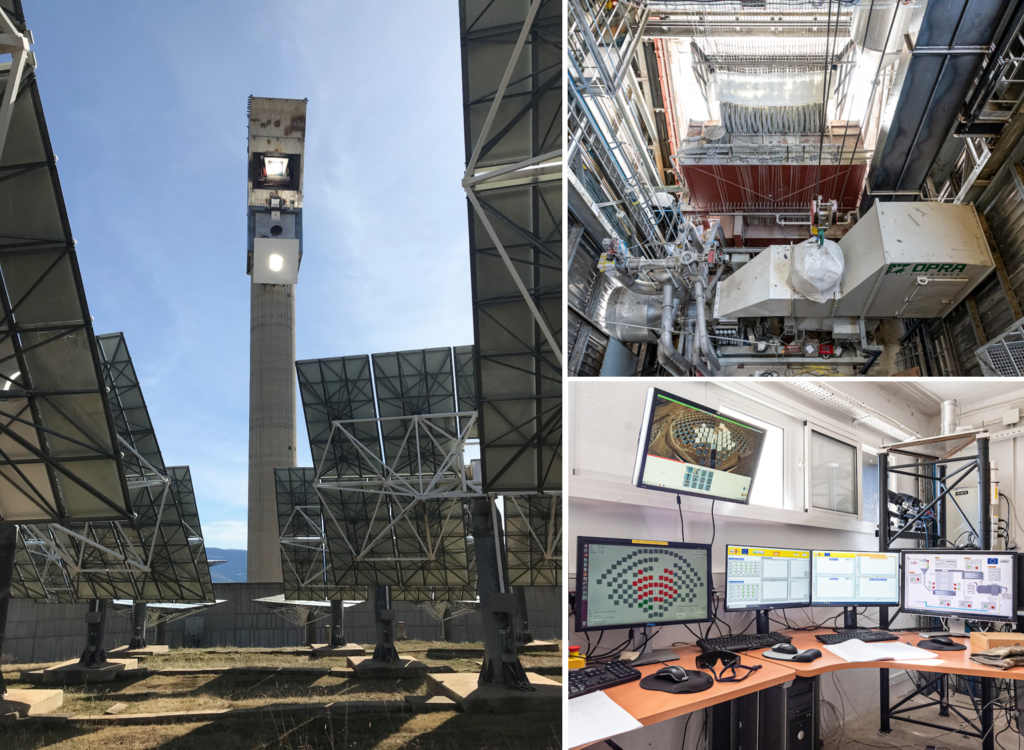The Next Generation Solar Power Plants theme conducts multidisciplinary research activities at different scales. It develops both numerical approaches and the implementation of experiments under solar flux to optimize and control the various components of the CSPG.
At the grid scale, we are mainly interested in the management of energy production and distribution, with the objective of ensuring the stability of the electrical distribution network, potentially disrupted by the addition of intermittent renewable energies.
At the system level, we design and dimension concentrated solar energy conversion processes. We instrument and develop control algorithms for photovoltaic and thermodynamic solar power plants.
At the receiver scale, we focus on the design and optimization of high-power, high-temperature solar receivers, which is a major challenge in the development of new high-efficiency power plants. It requires in particular the intensification of transfers, the characterization of the evolution of materials under solar stress and the physics of scale changes in the flows within the receivers.
At the local scale, we seek to better understand and model the couplings between the thermal, dynamic and two-phase character of the flows.
At all these scales, we use artificial intelligence tools for modeling, prediction and optimization.
Our research is structured in four actions detailed below

Experimentation in the hearth of the big solar furnace of Odeillo of a tube of solar receiver gas/particle (tube heated on 1 m) 
Prototype receiver, 2.5 MWth, 40 tubes, length 3 m
Solar receivers
The solar receiver is a critical component of a concentrated solar power plant, especially at high temperatures. Indeed, it converts the concentrated radiation into heat via the transfer fluid at temperatures up to 1000°C in the case of future solar power plants. In this context, the research action dedicated to solar receivers is therefore interested in the problems of flows within the receiver (pressurized gas, gas/particle mixture, direct steam generation), in the evolution of materials subjected to the strong constraints of concentrated solar radiation or in the improvement of the receiver’s performance, in particular by intensification of heat transfers.
Solar power plant system
At the scale of the global solar power plant system, several aspects are studied in this research action. The prediction of the solar resource, especially in the short term, is an important issue for the management and control of a power plant. The understanding and the modeling of the concentration optics allow to predict the solar flux received by the receiver, while the dynamics of the storage and its integration to the global system allow to optimize the production performances of the plant. Finally, the global architecture of innovative systems, which may involve hybrid systems or complementary conversion modes, is also studied.
Network management and integration
The deployment of solar power plants, as well as the deployment of low power solar installations, raises many questions, in particular regarding the management of decentralized production and its impact on the stability of the electrical network. The development of hardware and software solutions for the predictive management of electrical distribution networks and microgrids, taking advantage of flexibilities, including storage devices, and promoting the penetration of distributed generation within these networks and microgrids is addressed.
Cross-cutting action: Artificial intelligence for solar energy
Artificial intelligence, particularly machine learning, has a role to play in the deployment of next-generation solar power plants. Among other applications, machine learning is used for modeling and optimization of solar receivers – modeling of strongly anisothermal flows and thermophysical characterization of materials for aging monitoring purposes -, solar resource forecasting, advanced monitoring/control of solar power plants, fault detection for predictive maintenance of power plants and, in a context marked by the deployment of smart grids, management of distributed generation.
Head of the theme
Deputy Head of the theme
Responsable Deputy Head of the theme

Adrien Toutant
Maître de conférence Université de Perpignan
Stéphane Grieu
Professeur Université de Perpignan

Quentin Falcoz
Maître de conférence Université de Perpignan
Members in the theme
| Nom de la Thématique | Centrales Solaires de Prochaines Générations (CSPG) |
|---|---|
| Responsable | Adrien TOUTANT |
| Adjoint•e•s | Quentin FALCOZ Stéphane GRIEU |
| Nombre de C/EC/IR | 17 (3 C/ 11 EC/ 3 IR) |
| Nombre de Doctorants/Post-docs/ATER/... | 13 (11 doctorant•e•s/ 2 Postdoc) |
| Membres permanents de la Thématique et statut (IR, CR, DR, MCF, PR - HDR) | Françoise BATAILLE, PRCE UPVD |
| Membres non-permanents de la Thématique et statut (Doctorant, Post-doctorant, ATER, …) | Israël AGUILERA CORTES, CDD Doct. |




